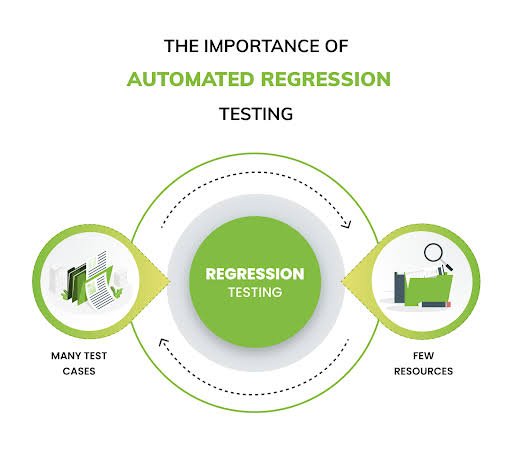The Power of Automated Regression Testing: Explained

In the dynamic landscape of software development, ensuring that code changes do not inadvertently disrupt existing functionalities is paramount. Regression testing is useful in this situation. It’s a practice that involves retesting an application after modifications to ensure that new code or fixes don’t introduce unintended consequences. While manual regression testing has been the normal approach, the facility of automated regression testing has emerged as a game-changing solution. Let’s delve into what makes automated regression testing so influential and why it’s become an integral part of modern software development.
Understanding Automated Regression Testing:
Automated regression testing involves the use of specialized tools and scripts to execute a predetermined set of test cases that cover the critical functionalities of an application. These test cases are rerun automatically whenever changes are made to the codebase, ensuring that existing functionalities remain intact while new features or fixes are integrated. Unlike manual testing, which may be time-consuming and error-prone, automation streamlines the method, reduces human intervention, and accelerates the testing cycle.
The Benefits of Automated Regression Testing:
- Speed and Efficiency: One among the first advantages of automation is speed. Automated tests are often executed much faster than manual tests, enabling quick feedback on the impact of code changes. This rapid feedback loop is particularly crucial in today’s fast-paced development environments.
- Repeatable and Consistent: Automated tests consistently execute the same test cases without variation, eliminating human errors and ensuring consistency in test results. This reliability leads to more accurate detection of issues.
- Wider Test Coverage: Automated regression testing enables broader test coverage. It allows testing of a larger number of scenarios and functionalities that might be impractical to test manually, leading to the identification of more defects.
- Resource Savings: Automating repetitive testing tasks frees up testers’ time, allowing them to focus on exploratory testing and more complex scenarios that require human judgment. This optimizes resource allocation and reduces testing costs.
- Continuous Integration and Continuous Delivery (CI/CD): Automated regression testing seamlessly integrates with CI/CD pipelines. It ensures that code changes are validated at each step, preventing integration issues and facilitating smooth software delivery.
- Regression Safety Net: Automated tests act as a safety net, catching potential regressions early in the development cycle. This prevents the accumulation of defects that can become more complex and costly to fix over time.
Challenges and Considerations:
While the benefits of automated regression testing are evident, it’s important to approach implementation thoughtfully:
- Initial Investment: Developing automated test scripts requires an upfront investment in terms of time and resources. However, this investment pays off with time savings and improved code quality.
- Maintenance: Automated tests need to be regularly updated to adapt to evolving application changes. Maintaining the test suite is crucial to its effectiveness.
- Test Design: Effective test design is essential for successful automation. Test cases must be well-defined, covering critical functionalities and edge cases.
- Tool Selection: Choosing the right automation tools that align with your application’s technology stack and testing needs is crucial for success.
Conclusion:
Regression testing is a critical component of the software development lifecycle. With the help of test automation platforms like Opkey, organizations can streamline their regression testing efforts, saving time, effort, and costs. Opkey’s no-code test creation capability turns manual test cases into automated test cases with only one click. Then, using a drag-and-drop interface, non-technical users may simply develop automated regression tests. Automated regression tests can be readily created by any employee, not only technical ones.
